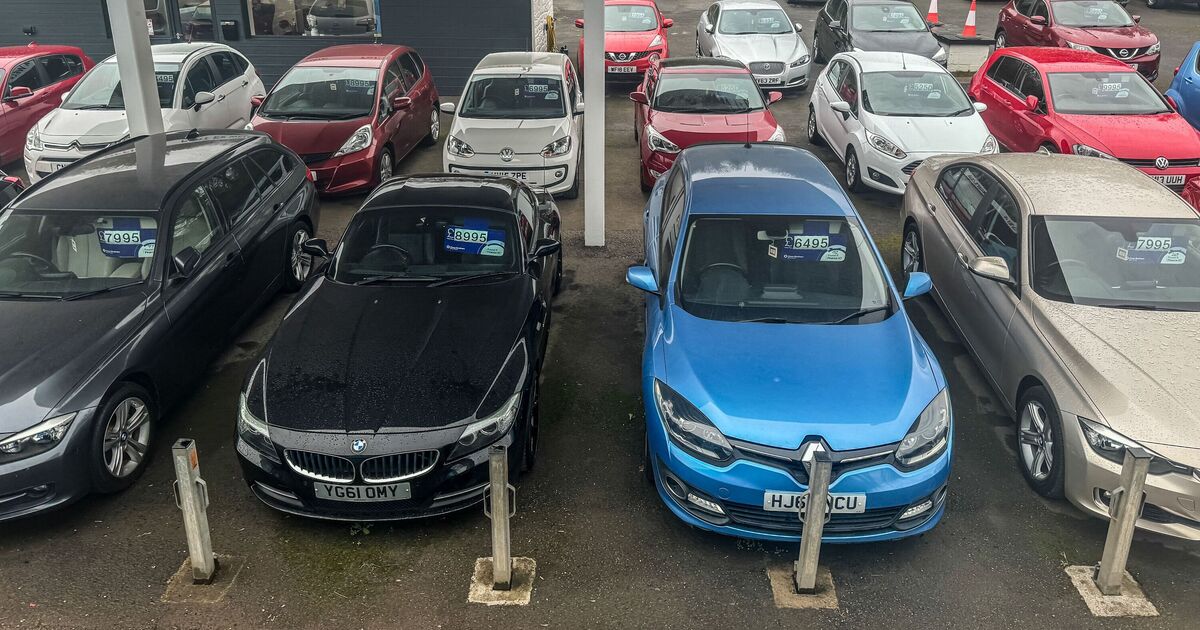A top motoring expert has warned used car buyers of an old-school scam that is rising in popularity, putting one in 50 drivers at risk each year.
Whilst the used car market is full of bargains and honest models, the vehicle history checking service carVertical warned that some less reputable dealers could be inclined to clock models on their forecourt.
Matas Buzelis from carVertical warned that the traditional scam still catches many drivers out, often leading to them paying significantly more for the affected vehicle.
He warned: “Drivers in the UK are overpaying for clocked cars to the tune of more than three-quarters of billion pounds a year.
“This fraudulent practice is not only cheating them out of their hard-earned money, it’s tricking them into buying a car that has travelled many more miles than they’re aware.”
Clocking, or the process of adjusting the indicated mileage of a vehicle, is typically done by rouge car dealers to make the model look more desirable to potential customers, helping to increase demand.
In many cases, clocking can also help sellers get more for the vehicle, with scammed buyers paying an average of £4,758 more for vehicles with a hidden history.
As a result, the practice is surprisingly common, with carVertical estimating that around 2.1 percent of vehicles sold each year feature a dishonest mileage on the odometer, with the figure rising for older models.
In order to avoid being scammed by a clocked car, Matas recommended that potential buyers use a history checking service, with many able to assess a wide array of documents to confirm whether the claimed mileage is valid.
He advised: “Vehicle history checks provide valuable insight into whether a car’s mileage has been tampered with, as well highlighting other potential problems such as damage and any outstanding finance.
“Data is helping buyers to assess the condition of a car and making the buying decision easier than ever before.”
Similarly, when viewing a used car, drivers should also check that the overall condition of the vehicle matches the recorded mileage.
Vehicles that have covered a lesser distance should feature fewer signs of exterior wear, such as paint fading, stone chips on the bonnet, and scuffs on the bumpers.
Inside, motorists should also look for plastics that have gone shiny with wear, particularly focusing on parts that are often held like the steering wheel and gearstick, and tears in the upholstery.












